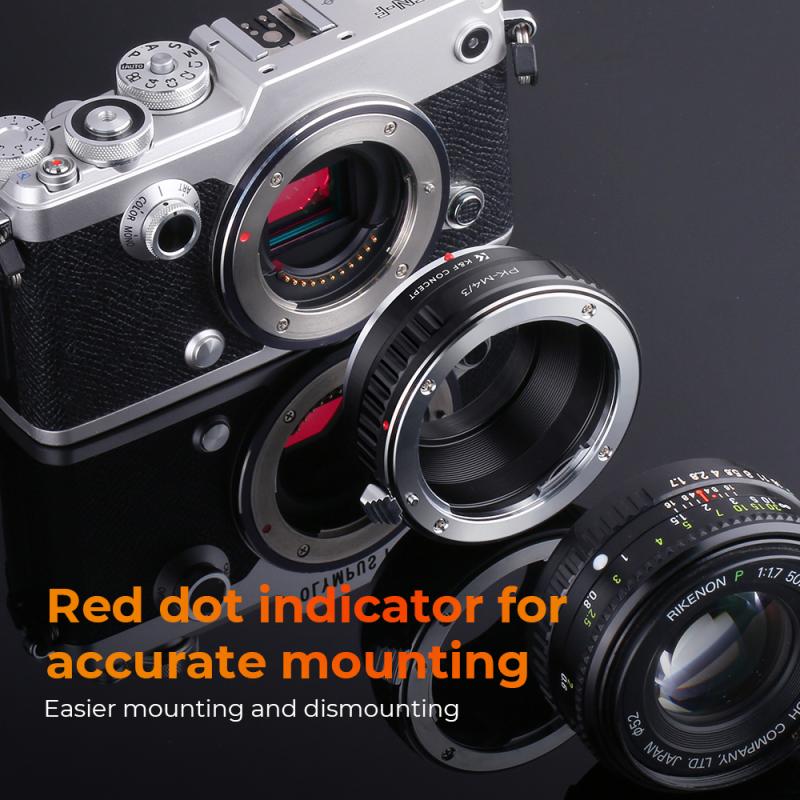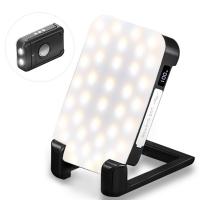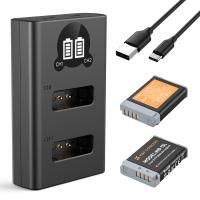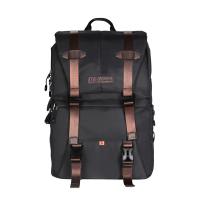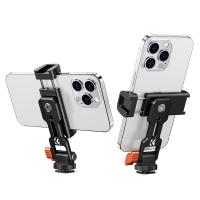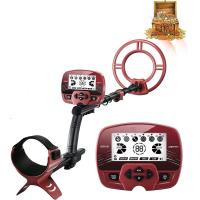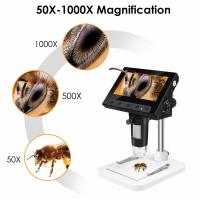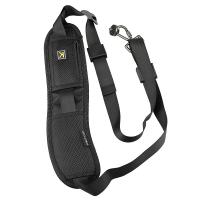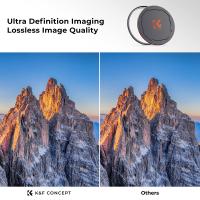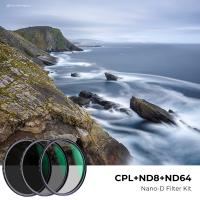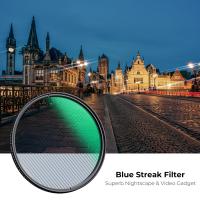How To Operate El2530 Wildlife Camera ?
To operate the EL2530 wildlife camera, first, insert batteries into the camera and ensure they are properly installed. Next, insert a memory card into the designated slot. Turn on the camera by pressing the power button. Set the desired mode by using the mode button, such as photo, video, or time-lapse. Adjust the camera settings, including resolution, sensitivity, and interval, using the menu buttons and navigation keys. Mount the camera in a suitable location, ensuring it is securely attached. Finally, aim the camera towards the desired area and press the capture button to start recording or taking photos.
1、 Camera Setup and Mounting
To operate the EL2530 wildlife camera, follow these steps for camera setup and mounting:
1. Choose the right location: Select an area where wildlife activity is likely to occur. Look for animal trails, feeding areas, or watering holes. Ensure that the camera is placed in a secure and stable position.
2. Power source: The EL2530 wildlife camera typically runs on batteries. Ensure that the batteries are fully charged or replace them with new ones. It is recommended to use high-quality batteries for longer battery life.
3. Memory card: Insert a compatible memory card into the camera. Make sure the card has enough storage capacity to capture the desired number of photos or videos.
4. Camera settings: Access the camera's menu and adjust the settings according to your preferences. This may include selecting the desired resolution, setting the time and date, choosing the type of media (photo or video), and adjusting the sensitivity of the motion sensor.
5. Mounting: Use the provided mounting strap or bracket to securely attach the camera to a tree or post. Ensure that the camera is positioned at the desired height and angle for optimal coverage.
6. Test and adjust: Before leaving the camera unattended, test it by walking in front of the motion sensor to ensure it captures photos or videos as expected. Make any necessary adjustments to the camera's position or settings.
7. Maintenance: Regularly check the camera for any signs of damage or interference. Clean the lens and sensor to ensure clear and accurate captures. Replace batteries and memory cards as needed.
It is important to note that the EL2530 wildlife camera may have specific features or settings that are not covered in this general guide. Therefore, it is recommended to refer to the camera's user manual for detailed instructions and the latest information.
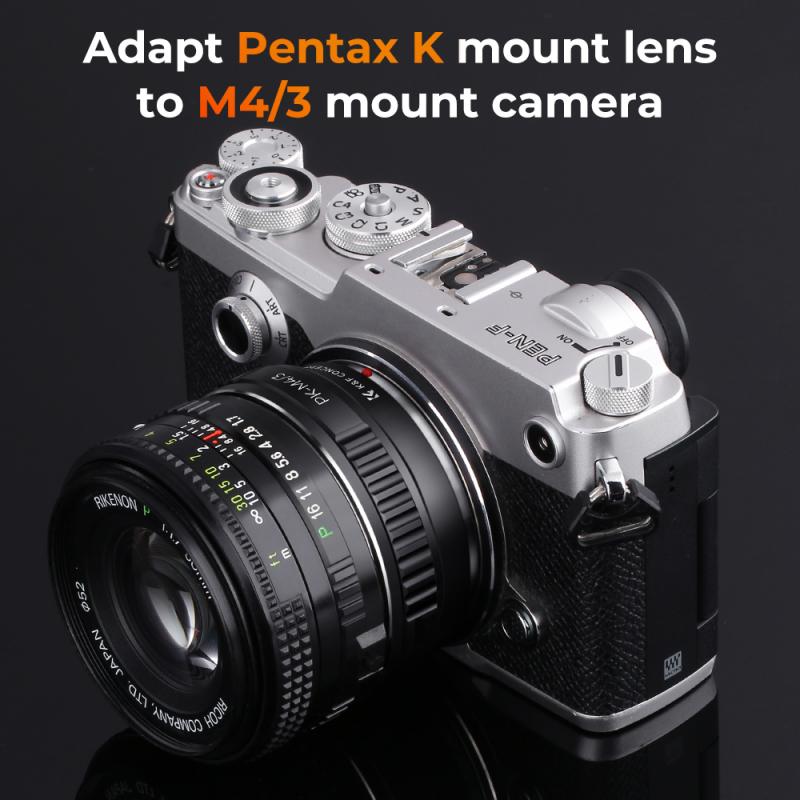
2、 Power Source and Battery Life
The EL2530 wildlife camera is a popular choice among nature enthusiasts and wildlife photographers. To operate this camera effectively, it is important to understand its power source and battery life.
The EL2530 wildlife camera is powered by AA batteries, typically requiring 8 to 12 batteries for operation. It is recommended to use high-quality alkaline batteries or rechargeable batteries for optimal performance. The camera also has a built-in power-saving mode that helps conserve battery life by automatically turning off the camera when not in use.
In terms of battery life, the EL2530 wildlife camera can vary depending on several factors. These include the number of photos taken, the length of videos recorded, the frequency of motion detection, and the ambient temperature. Generally, the camera can last anywhere from a few weeks to several months on a single set of batteries.
To maximize battery life, it is advisable to use the camera's power-saving features. This includes adjusting the camera's sensitivity settings to reduce false triggers and unnecessary recordings. Additionally, it is recommended to turn off any unnecessary features such as the built-in LCD screen or wireless connectivity when not in use.
It is worth noting that advancements in battery technology have led to the development of more efficient batteries, such as lithium-ion batteries, which can provide longer battery life compared to traditional alkaline batteries. Therefore, it may be worth considering using lithium-ion batteries or rechargeable batteries with a higher capacity to extend the camera's battery life.
In conclusion, operating the EL2530 wildlife camera involves using AA batteries as its power source. The camera's battery life can vary depending on usage and environmental factors. By utilizing power-saving features and considering alternative battery options, users can optimize the camera's battery life and capture stunning wildlife moments for extended periods.

3、 Adjusting Camera Settings and Modes
To operate the EL2530 wildlife camera, you need to familiarize yourself with the camera settings and modes. Here's a step-by-step guide on how to adjust these settings:
1. Power on the camera: Insert batteries or connect the camera to a power source. Press the power button to turn it on.
2. Set the date and time: Access the camera's menu and navigate to the settings option. Select the date and time settings and adjust them accordingly. This ensures accurate timestamps on your captured images.
3. Adjust image resolution: Depending on your preference, you can choose the image resolution. Higher resolutions provide more detailed images but take up more storage space. Lower resolutions may sacrifice some detail but save storage.
4. Select the capture mode: The EL2530 offers various capture modes such as photo, video, time-lapse, and hybrid. Choose the mode that suits your needs. For example, time-lapse mode captures images at set intervals, while video mode records continuous footage.
5. Customize camera settings: Explore the camera's menu to adjust additional settings. These may include sensitivity levels, trigger intervals, burst mode, and more. Adjust these settings based on your specific wildlife monitoring requirements.
6. Mount the camera: Find a suitable location to mount the camera. Ensure it is securely attached and positioned to capture the desired area. Consider factors like animal trails, feeding areas, or watering holes for optimal results.
7. Test and review: Before leaving the camera unattended, test it to ensure it is functioning correctly. Take a few test shots or record a short video to verify the camera's performance.
Remember to regularly check the camera and retrieve the captured images or videos. Adjust the settings as needed based on your observations and the latest point of view to maximize the camera's effectiveness in capturing wildlife activity.
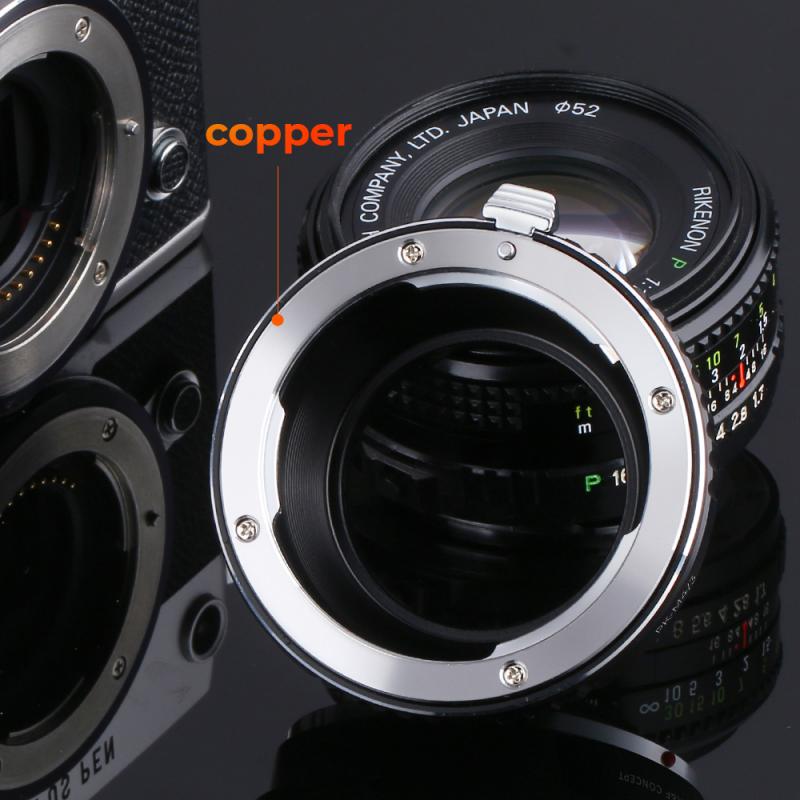
4、 Understanding Trigger Mechanisms and Sensitivity
Understanding Trigger Mechanisms and Sensitivity in operating the EL2530 wildlife camera is crucial for capturing high-quality images and videos of wildlife in their natural habitat. The trigger mechanism is responsible for detecting motion and initiating the camera to start recording or taking pictures. Here are some key points to consider when operating the EL2530 wildlife camera:
1. Trigger Speed: The trigger speed refers to the time it takes for the camera to capture an image or start recording after detecting motion. It is important to choose a camera with a fast trigger speed to ensure that you don't miss any crucial moments. The EL2530 offers a trigger speed of 0.3 seconds, which is considered quite fast and suitable for capturing fast-moving wildlife.
2. Trigger Sensitivity: The trigger sensitivity determines how easily the camera detects motion. It is essential to set the sensitivity level according to the specific environment and wildlife you are targeting. High sensitivity may result in false triggers caused by wind or small animals, while low sensitivity may cause missed opportunities. Experimenting with different sensitivity levels and adjusting accordingly is recommended.
3. Detection Range: The detection range of the camera determines how far it can detect motion. It is important to position the camera in an area where the wildlife is likely to pass through within the detection range. The EL2530 has a detection range of up to 65 feet, providing a wide coverage area for capturing wildlife activities.
4. Placement and Positioning: Proper placement and positioning of the camera are crucial for maximizing its effectiveness. It is recommended to mount the camera at a height and angle that covers the desired area while minimizing false triggers. Avoid placing the camera directly facing the sun or in areas with excessive vegetation that may obstruct the motion detection.
5. Testing and Adjusting: Before leaving the camera unattended, it is important to test its functionality and make any necessary adjustments. This includes checking the battery level, memory card capacity, and ensuring that the camera is properly aligned and focused. Regularly reviewing captured images or videos can help fine-tune the trigger sensitivity and positioning for optimal results.
In conclusion, understanding the trigger mechanisms and sensitivity of the EL2530 wildlife camera is essential for successful wildlife monitoring. By considering factors such as trigger speed, sensitivity, detection range, placement, and testing, you can enhance your chances of capturing remarkable wildlife moments. Always stay updated with the latest user manual and firmware updates provided by the manufacturer for the best performance of your camera.
